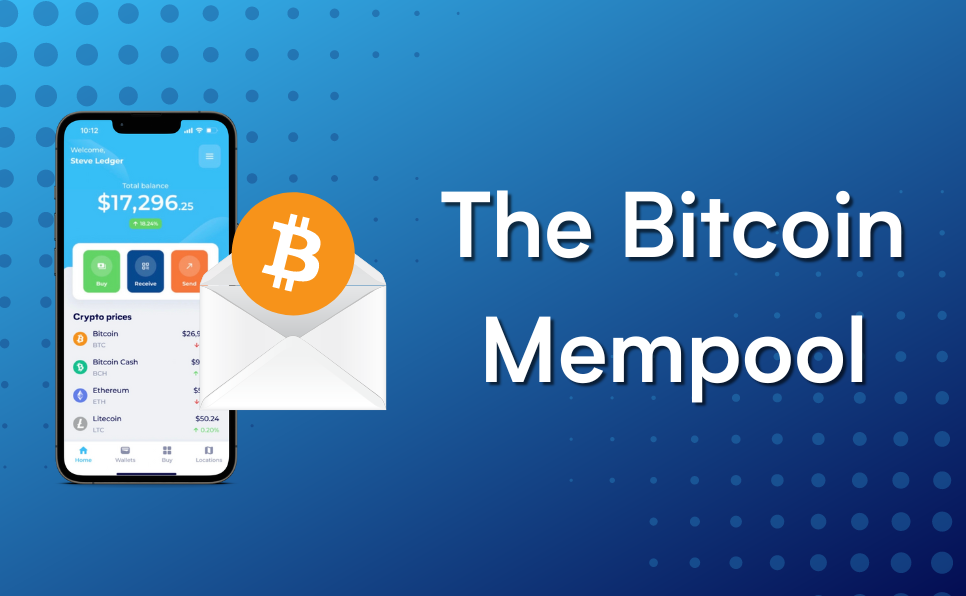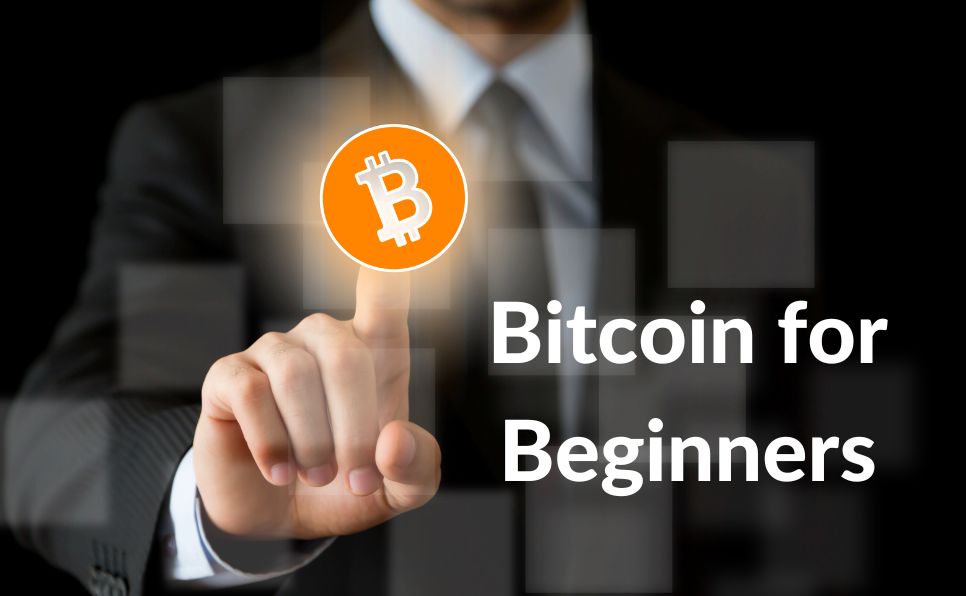In the world of cryptocurrencies, Bitcoin has emerged as a groundbreaking digital currency. Its decentralized nature and potential for financial independence have captivated the interest of individuals worldwide. However, as Bitcoin gains popularity, users often encounter a common frustration: transaction delays. To truly comprehend why Bitcoin transactions take longer, it is essential to delve into the concept of the mempool.
What is the Mempool?
The mempool, short for “memory pool,” is a crucial component of the Bitcoin network. It serves as a temporary storage area for pending transactions waiting to be confirmed by miners. Each time a Bitcoin transaction occurs, it enters the mempool, where it awaits inclusion in a block and eventual confirmation.
Factors Affecting Transaction Times
Mempool Congestion: Causes and Impact on Transaction Speed
One primary factor contributing to delayed Bitcoin transactions is mempool congestion. When the number of pending transactions exceeds the network’s capacity, congestion occurs. This congestion arises due to increased transaction volumes, high demand for block space, or network congestion caused by various factors.
During times of mempool congestion, network users experience longer confirmation times. Transactions with lower transaction fees may face delays as miners prioritize transactions with higher fees. This prioritization incentivizes users to attach higher fees to their transactions to expedite the confirmation process.
Transaction Fees: How They Influence Priority in the Mempool
Transaction fees play a vital role in determining the priority of a transaction within the mempool. Miners typically select transactions with higher fees as they have a greater incentive to include them in the next block. Consequently, transactions with lower fees may experience delays as they wait for their turn to be processed.
Examples of Mempool Congestion
Instances of mempool congestion have been observed during periods of increased Bitcoin activity. For example, during significant price fluctuations or when new technologies, such as decentralized finance (DeFi), gain traction, transaction volumes surge, leading to increased mempool congestion. These congestion events often result in longer confirmation times and higher transaction fees.
Dealing with Mempool Congestion
While mempool congestion can be frustrating, there are practical steps users can take to navigate through these delays.
- Optimize Transaction Fees: To increase the chances of your transaction being included in the next block, consider attaching a higher transaction fee. This incentivizes miners to prioritize your transaction.
- Monitor Network Activity: Keep an eye on Bitcoin network activity. Services and tools are available that provide real-time mempool data, allowing you to gauge current congestion levels and adjust your transaction strategy accordingly.
- Patience is Key: During times of high mempool congestion, it’s important to exercise patience. Confirmations may take longer than usual, but rest assured that your transaction will eventually be processed.
Conclusion
Understanding the role of the mempool is essential for comprehending why Bitcoin transactions sometimes experience delays. Factors such as mempool congestion and transaction fees significantly impact transaction processing times. By optimizing transaction fees and staying informed about network activity, users can navigate through these challenges more effectively.
Bitcoin’s growing popularity and adoption come with occasional transaction delays. However, with awareness and proactive measures, users can minimize potential frustrations and continue to enjoy the benefits of this revolutionary digital currency.
Remember, patience is key in the world of cryptocurrencies. By staying informed and adapting your transaction strategy accordingly, you can navigate the mempool and ensure smoother Bitcoin transactions.




